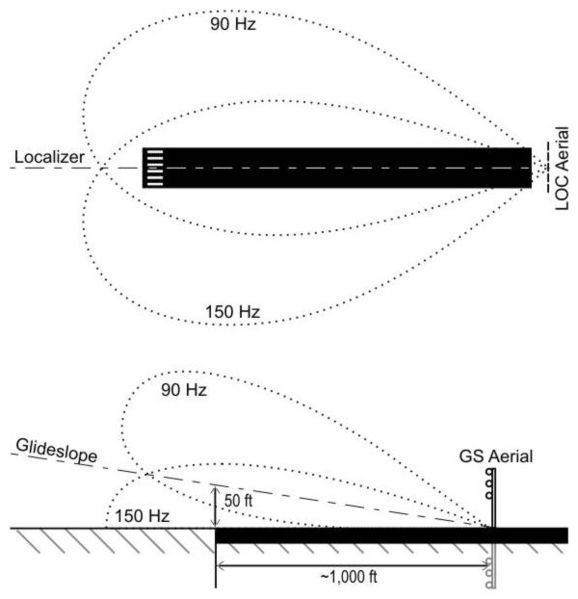

Once I have the runway in sight I then look for big numbers painted on each end which tell the pilot the magnetic heading of the runway and therefore which runway it is.

Runway directions, length, height, surface type, lighting systems, approach aids etc.īy knowing the information about the runway itself I can prepare to line my aircraft up with the direction I wish to land once I have the airport in sight. The FAA publishes this directory and it contains all the information about every airport in the country. Being up high makes it easy to find an airport, but as a well-prepared pilot, you need to be ready for low cloud or reduced visibility. This information is really helpful if the cloud is low and you are flying under it and lower to the ground, as the distance you can see dramatically reduces the closer to the ground you fly. Large transmission towers, rivers, roads, railway lines all help to pinpoint the airport when entering the area. Being able to look at a satellite photo of the airport and surrounding area helps me look for landmarks or easily recognizable features around that area. This incredible game-changer is my next port of call during my flight planning. Seeing the airport is on the South East side of the town is where I will be looking as I begin to approach the area. When I am going to a new airport that I have never flown into before and I’m flying VFR, there are several things I do (and most other VFR pilots) to find out information about the intended airport and runway: MapsĪviation maps/charts/sectionals all provide a visual location of an airport in proximity to the nearest town. The only time they need to look at the instruments in the cockpit is for monitoring aircraft and engine sensor information. When plodding around the sky in a basic aircraft like a Cessna or Robinson helicopter, the pilots are navigating by looking out the window (Unless they cheat and use a moving map GPS!). When flying in the clouds, fog, or at night with no ground or celestial lighting, that is IFR.īasic Aircraft Need Basic Navigation Skills When flying by sole reference to looking out of the aircraft window and seeing the ground, that is VFR. The aviation world is split into two types of flying: Read on and ill tell you how even helicopter pilots find the runway… - VFR Flights. Not all pilots use the approach systems mentioned because their basic aircraft lack the certified avionics to fly these approaches, so how do they find the runway?

High-intensity approach lighting systems help the pilots find the runway at night or when breaking out of the cloud. Pilots use GPS or a radio navigation system called the Instrument Landing System to funnel the aircraft down an approach path to line the aircraft up directly in line with the runway. We broke out of the clouds right at minimums (200ft above the ground) and the wheels touched down but I know many people always wonder how the heck pilots know where the runway is when it’s dark outside or they are in clouds!

I know about landings, weather, pilot, and plane capabilities and I was starting to tense up. Last month I was on a smaller commuter airline coming home from a flying tour and the clouds were low, I mean really low as we came into land.


 0 kommentar(er)
0 kommentar(er)
